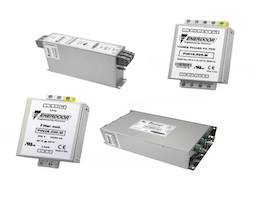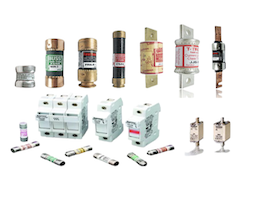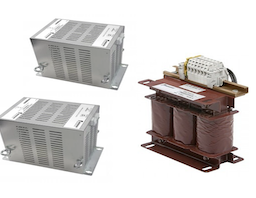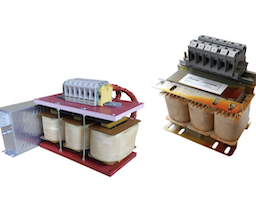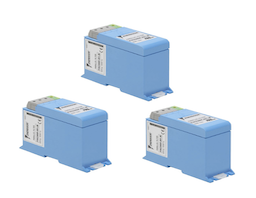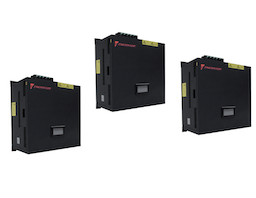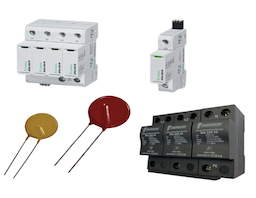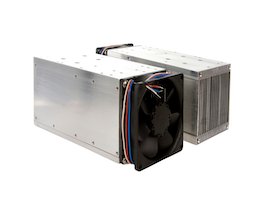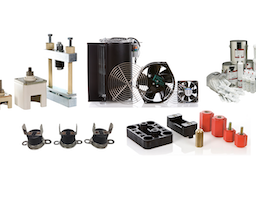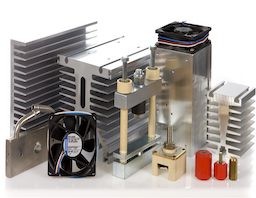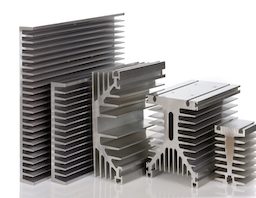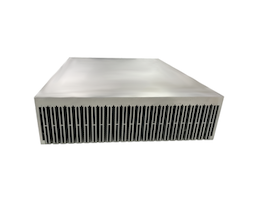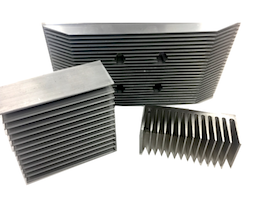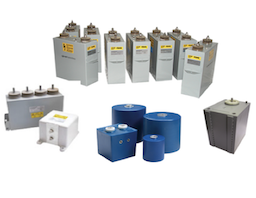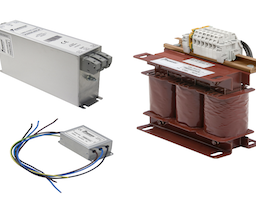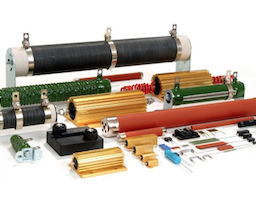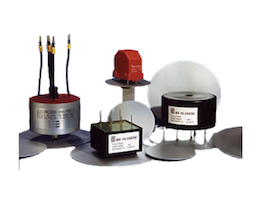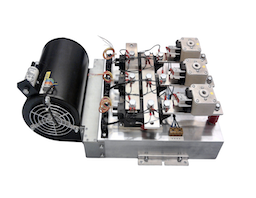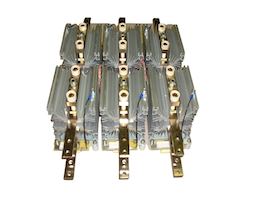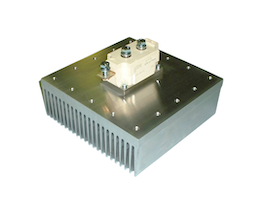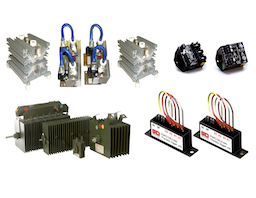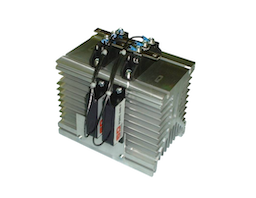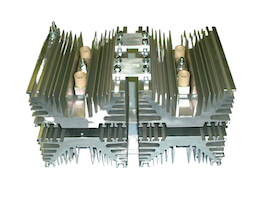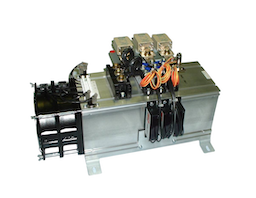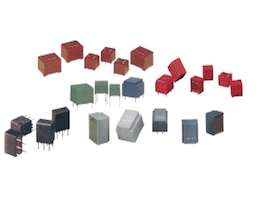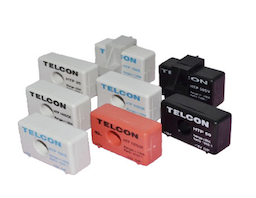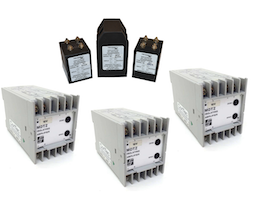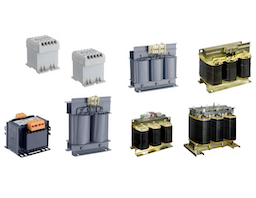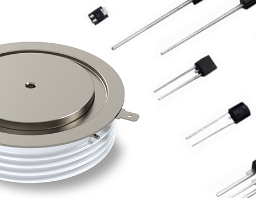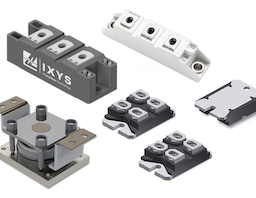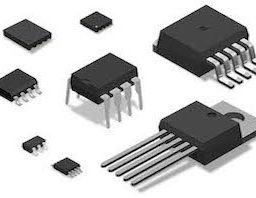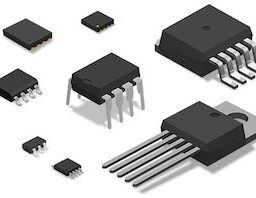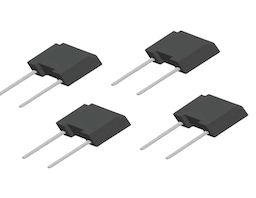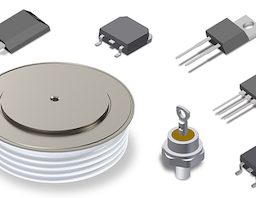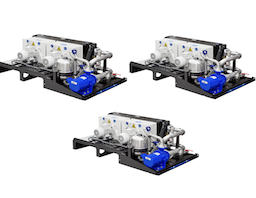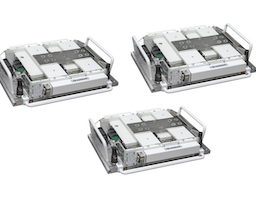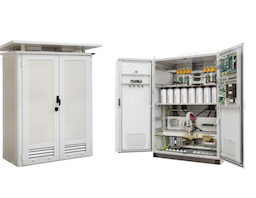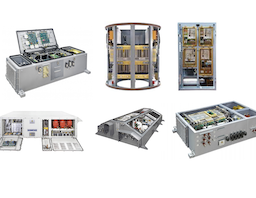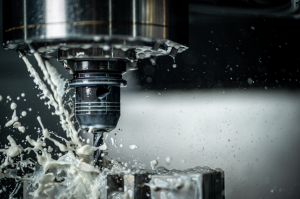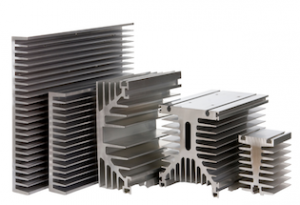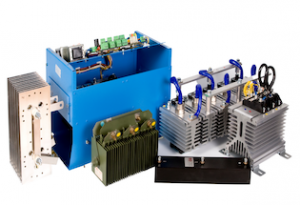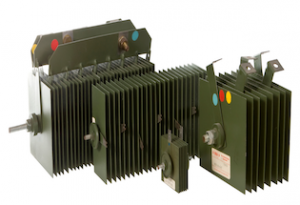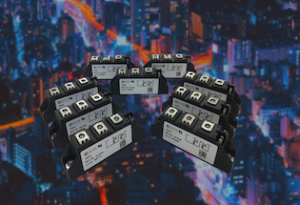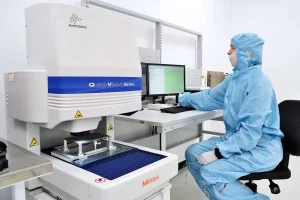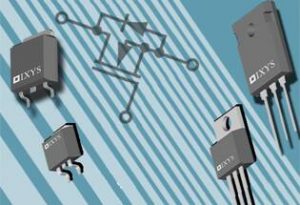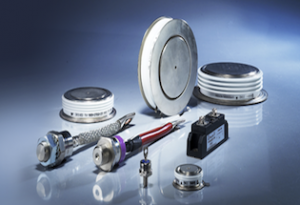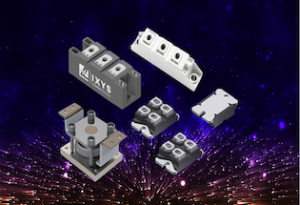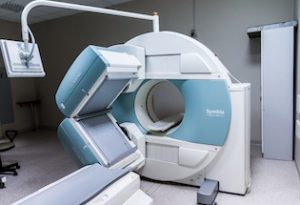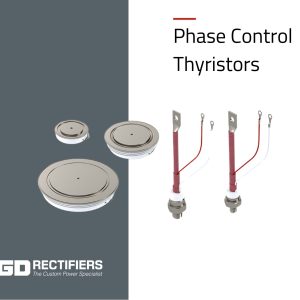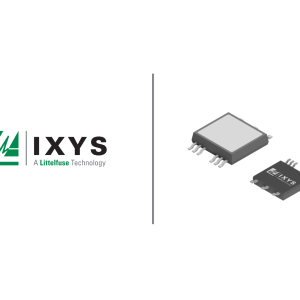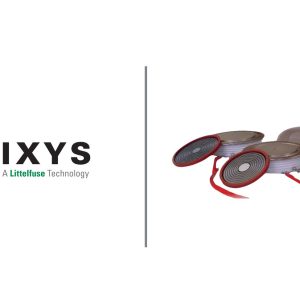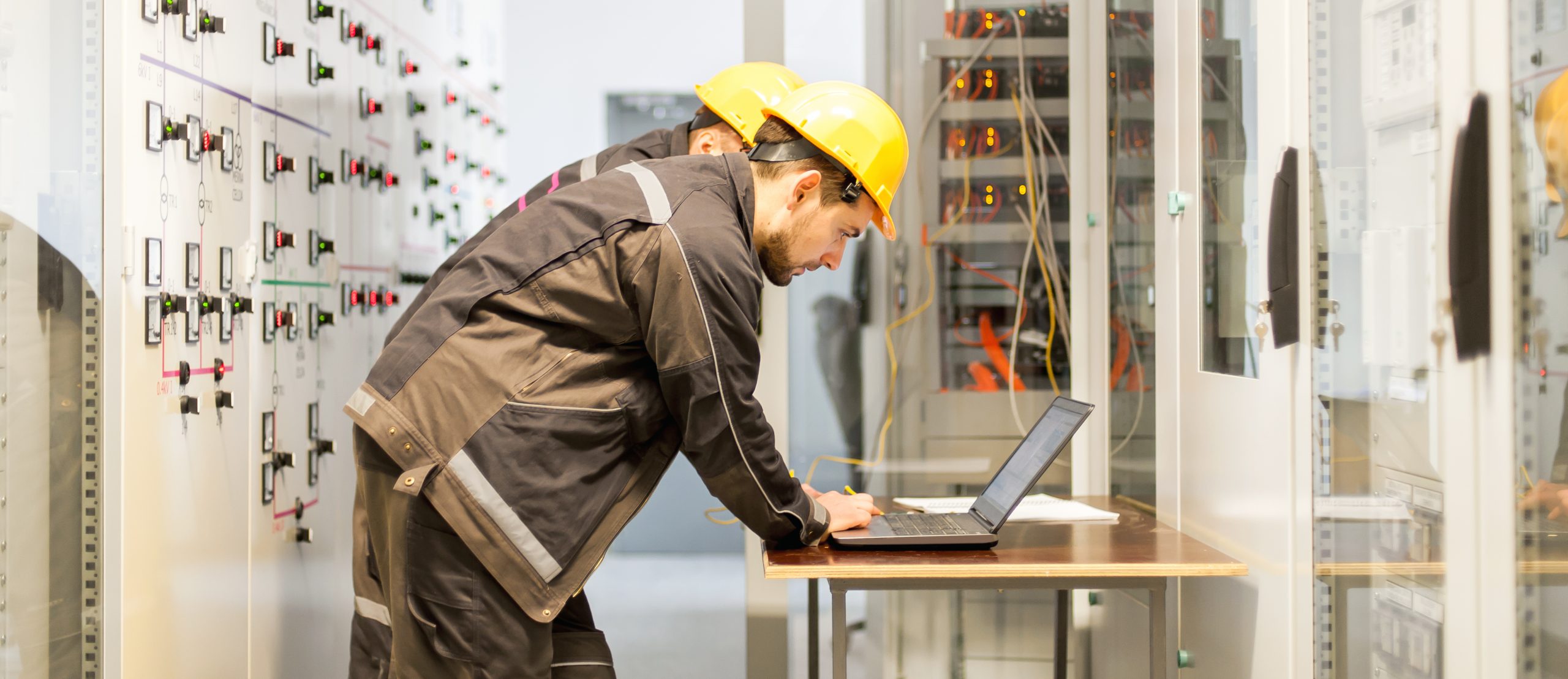24.08.2016
Introduction to Silicon Rectifier Diodes
Published on: 24/08/2016
Learn more about silicon rectifier diodes
![]()
What is a Silicon Rectifier Diode?
A silicon rectifier diode is a semiconductor that has positive and negative polarity, it can allow electrical current to flow in one direction whilst restricting it in another direction. The silicon element acts as an electrical insulator, this enables the silicon to conduct electricity, where a small amount of other elements is added to it. This process is called doping; it forms the charged semiconductor material used to build silicon diodes.
What are Silicon Rectifier Diodes used for?
Silicon rectifier diodes are typically used in applications such as power supplies using both high voltage and high current, where they rectify the incoming mains voltage and must pass all of the current required by whatever circuit they are supplying, which could be several Amperes or tens of Amperes.
The silicon rectifier diodes are often utilised in radios, computers, alternating current-direct current (AC/DC) power supplies, and as temperature and radiation sensors, within numerous other applications.
How does a Silicon Rectifier Diode work?
![]()
When a silicon diode is made, it has both a positive and negative side, the connection between the two is known as the p–n junction. The two differently-charged sides are a result of differing elements being added to the silicon. The positive side is known as an anode and made from p-type silicon and it is doped with boron or gallium. The silicon combined with the atomic structure creates the positive charge. Today, most diodes are made from silicon but other semiconductors as such selenium or germanium are sometimes used.
A silicon rectifier diode voltage has a forward bias of 0.7 volts, which means that 0.7 volts is required to power the diode. Once this amount of energy passes through the diode, it will conduct electrical current across its p–n junction. It will also stop most current from flowing in the reverse direction.
Every silicon diode has a maximum voltage that can be applied to it in reverse before it will cause it to break down, which tends to be at least 50 volts or more.
The diode acts as an electrical check valve because it passes excess energy forward but does not usually let a measurable amount back through in the reverse. A very small amount of current can flow in reverse through the diode, but it is so miniscule that a circuit breakdown from this amount would be very rare.
The characteristics of the silicon diode is also used to protect other devices in a circuit, such as preventing transistors from receiving too much power and burning out. Custom built diodes, known as Zener diodes can be used to maintain a fixed voltage which are intentionally designed to allow the electricity to flow backwards.
GD Rectifiers distribute and stock a wide variety of reliable high power semiconductors using conventional and future technologies. They design and manufacture Selenium and Silicon rectifiers, suppressors, converters, inverters, and regulator products for Industrial power control applications.
They hold extensive stock of Diodes, Thyristors, IGBTs and MOSFETs from the world’s leading semiconductor manufacturers, including IXYS, IXYS UK Westcode and SEMIKRON.
Offering a full service from design to production, technical support and fast delivery, GD Rectifiers is the No.1 semiconductor provider in the UK.
For further information on all silicon rectifier diode products please call our friendly sales team for a quote today on: 01444 243 452.
Find out more about the latest GD Rectifiers product range here.
